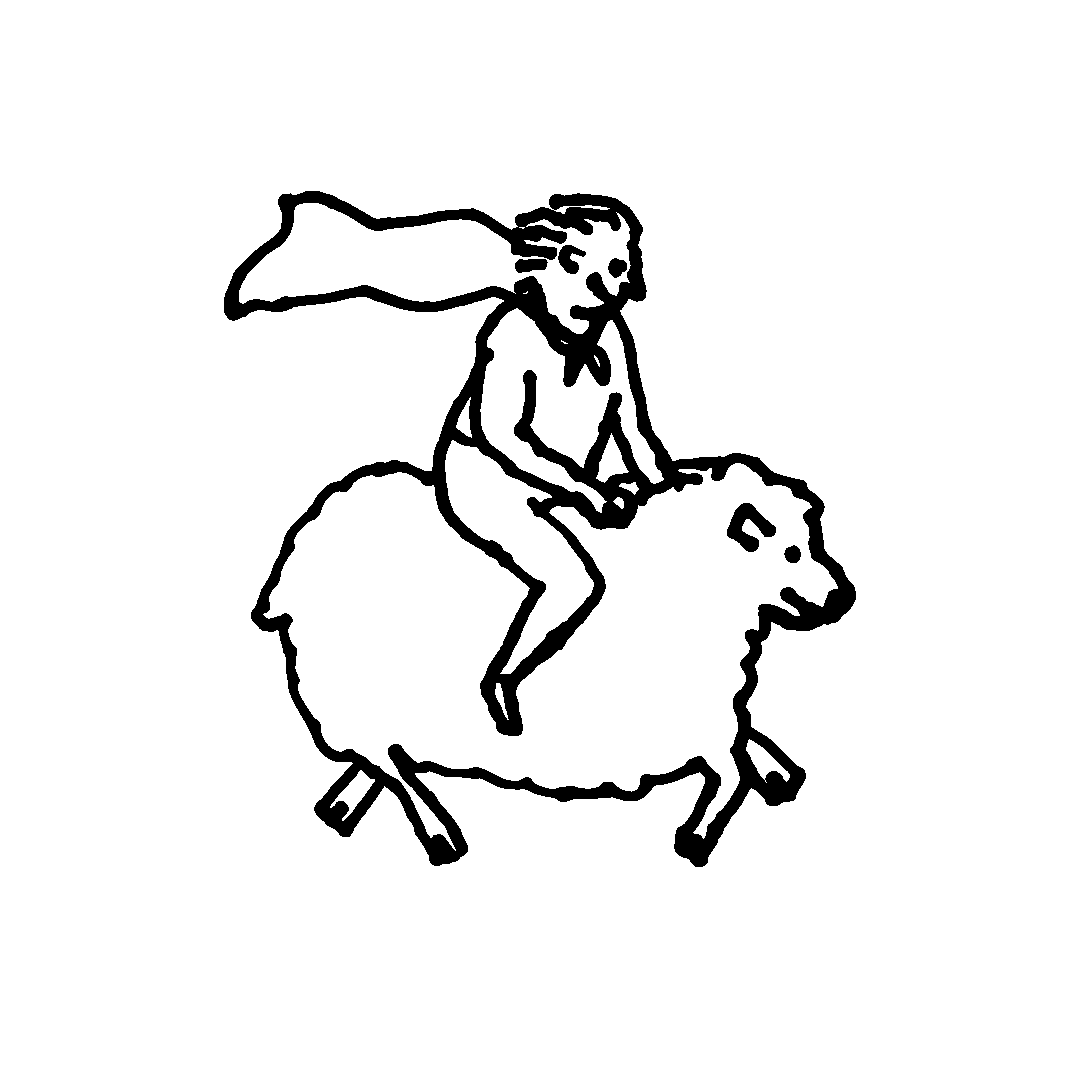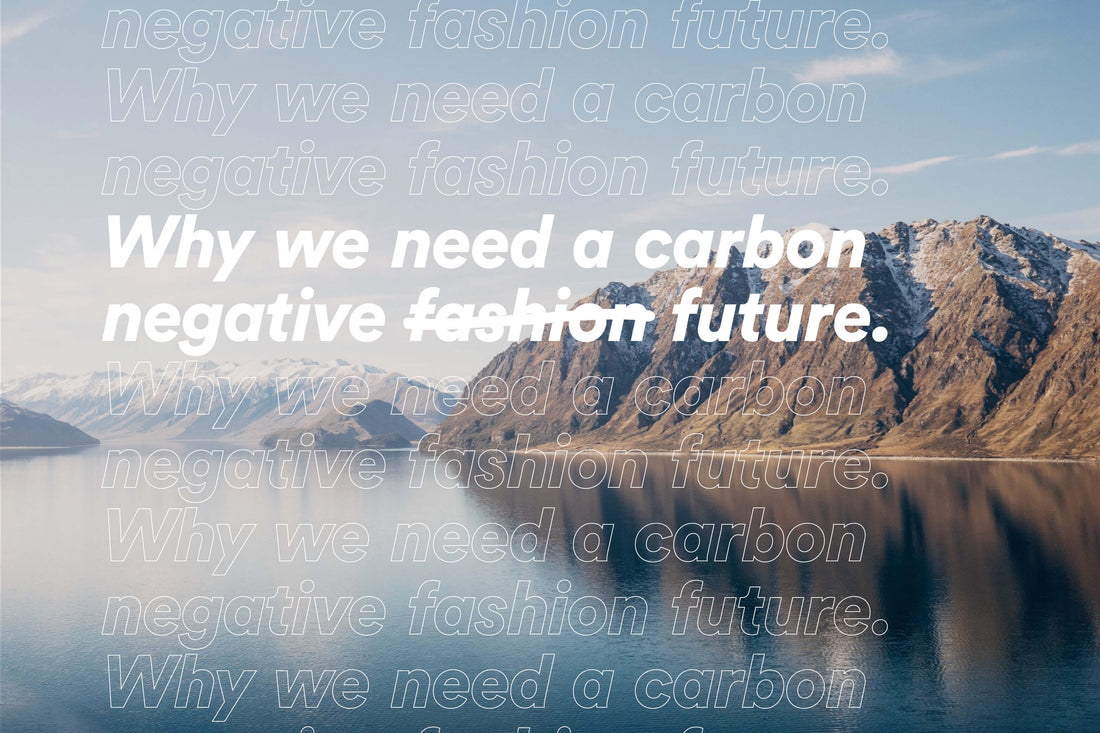Today we are producing and consuming fashion products at a rate that far exceeds the regenerative capacities of our planet. In a system of finite resources, it is fundamental to find the balance between how much we take and how much we give back - but while the price tag on our clothes is clearly visible there is a cost behind each item that goes unnoticed by most people: that paid by the environment.
The Impact.
The fashion industry is responsible for 10% (or 1,715 million tonnes) of annual global carbon emissions, more than all international flights and maritime shipping combined. If demographic and lifestyle patterns continue as they are now, global consumption of apparel will rise to 102 million tons in 10 years. At this pace, the fashion industry greenhouse gas emissions will grow by 63% by 2030. We cannot allow this to happen. We are already operating beyond the safety limits of the Climate Change planetary boundary. It is time to put the old fashion industry standards out to pasture once and for all.

Sheep Inc. Standard.
When we created Sheep Inc. our aim was to set a new way of doing business. To shape a new fashion future by creating responsible pieces that nurture a connection to their production and inspire a sense of urgency around the climate crisis.
Part of that challenge is making sure we have a regenerative effect on the environment. We run a full product lifecycle analysis (LCA) on any garments we sell to assess their carbon footprint. This LCA is calculated by a third-party auditor (Carbon Footprint Ltd.) to ensure impartiality and has been attested to be consistent with the CarbonNeutral protocol, the global standard for carbon neutral programmes.
We then invest 5% of our revenue into biodiversity projects. This is our self-imposed tax. Our commitment to achieve intergenerational environmental justice and fight the climate crisis. How?
2% will go towards Farm projects.
These funds are allocated to improve the impact of our own supply chain; by investing in biodiversity projects on farm, supporting regenerative farming practices and funding farm focussed environmental research; like how to improve on-farm net Carbon Lifecycle Assessment calculations. Our ongoing objective here, is to support our three source farms in their Sheep Inc. aligned ambition to become naturally carbon negative.
2% will go towards wider Biodiversity projects.
These funds are allocated to mitigate the impact of our own products CO2 footprint tenfold. With a focus on projects that have been affected by the fashion & agriculture industries. We currently invest in 2 projects that are REDD+ certified, through our biodiversity partners, Natural Capital Partners:
1. The Meru and Nanyuki community reforestation project based in the foothills of Mount Kenya.
2. The Acre Amazonian Rainforest in Brazil.
1% of our revenue will go towards Environmental Justice projects.
These funds will be allocated to fight for the equitable treatment and involvement of people of all races, cultures, incomes, and educational levels in the development, implementation, and enforcement of environmental programs, laws, rules, and policies.
Through these projects, we have been able to mitigate 1 million kg of C02 since our launch in November 2019. And between them, these two projects directly address 15 out of the 17 Sustainable Development Goals including: No Poverty, Zero Hunger, Gender Equality, Good Health & Wellbeing, and Reduced Inequalities.
Looking Forward.
The math is quite simple. By 2050 we will need three planets to support our consumption habits if we maintain the current population growth trajectory. To challenge standard well need to be honest with ourselves about our past mistakes. Not to dwell on, but to take responsible action for the future. None of us are perfect, and none of us can fix the climate crisis alone. That is why we flock together, always seeking to empower people to make better choices. This is not a moment - its a movement. To change the world we must #ChallengeStandard.



